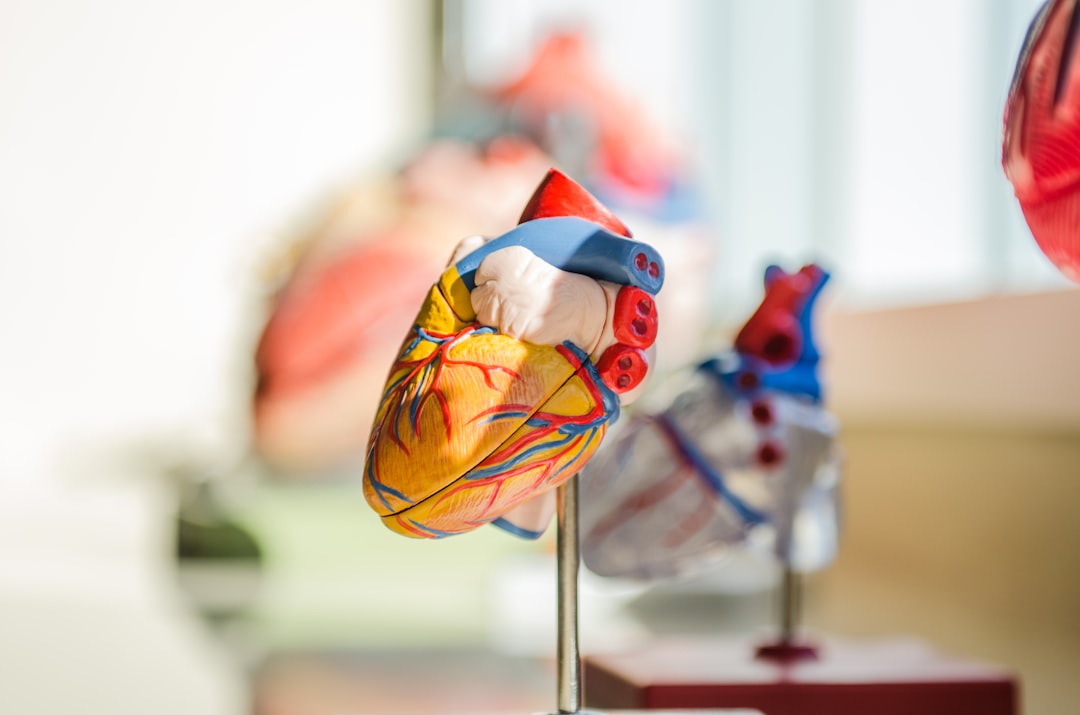What is it about?
Pneumonia is a very serious infection and the third leading cause of death in the UK population. Often these infections are caused by a bacterium called Streptococcus pneumoniae and to treat these infections we give people antibiotics to kill the bacteria and cure our patients. Our antibiotic treatment approaches are very effective, however the bacteria are finding ways to become resistant and this resistance threatens patient treatment in the long-term. Here we identify one way Streptococcus pneumoniae can become resistant to penicillin antibiotics.
Featured Image

Photo by CDC on Unsplash
Why is it important?
If we are to understand how this antibiotic resistance occurs we must understand where it comes from and how to predict it. This study identifies one method by which S.pneumoniae bacterial populations can start their journey to become antibiotic resistant. We find mutations in a gene called pde1 causes penicillin resistance at low antibiotic treatment levels in the lab. We also find similar pde1 mutations spread across S.pneumoniae populations causing infections in clinic. We go on to show pde1 mutations exist in S.pneumoniae genomes as an evolutionary scar, telling us the journey the bacterial populations took as they started to become antibiotic resistant.
Perspectives
We now know pde1 mutations act as an ‘evolutionary gateway’ through which S.pneumoniae cells start to become resistant to penicillin antibiotics. This new understanding has shed light on the significance of mutations in the pde1 gene found in patient infections. Combined with advancing surveillance technologies this work helps us to predict which S.pneumoniae strains could become highly resistant in the future.
Andrew Fenton
University of Sheffield
Read the Original
This page is a summary of: Loss of Pde1 function acts as an evolutionary gateway to penicillin resistance in
Streptococcus pneumoniae, Proceedings of the National Academy of Sciences, October 2023, Proceedings of the National Academy of Sciences,
DOI: 10.1073/pnas.2308029120.
You can read the full text:
Contributors
The following have contributed to this page










